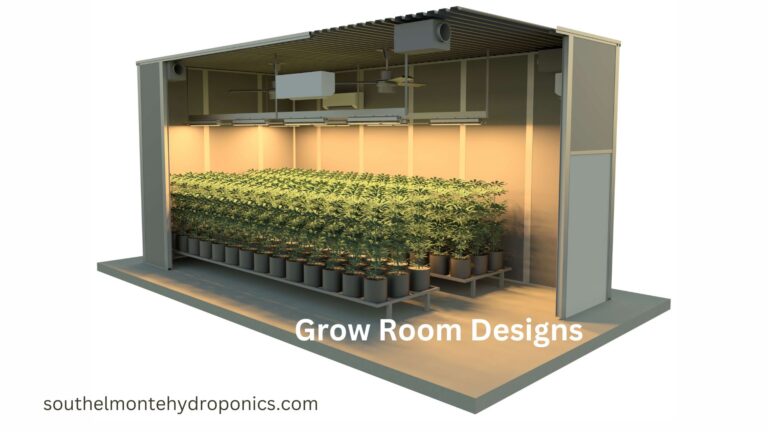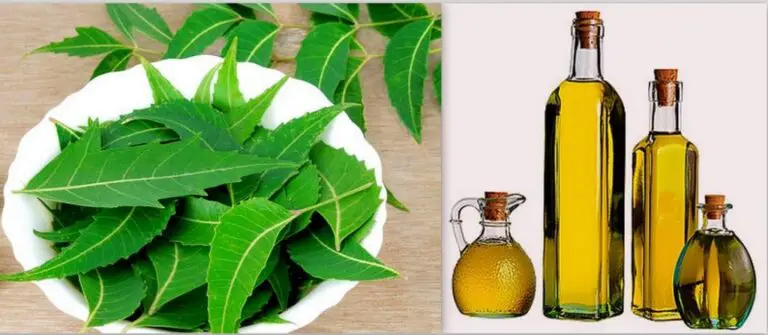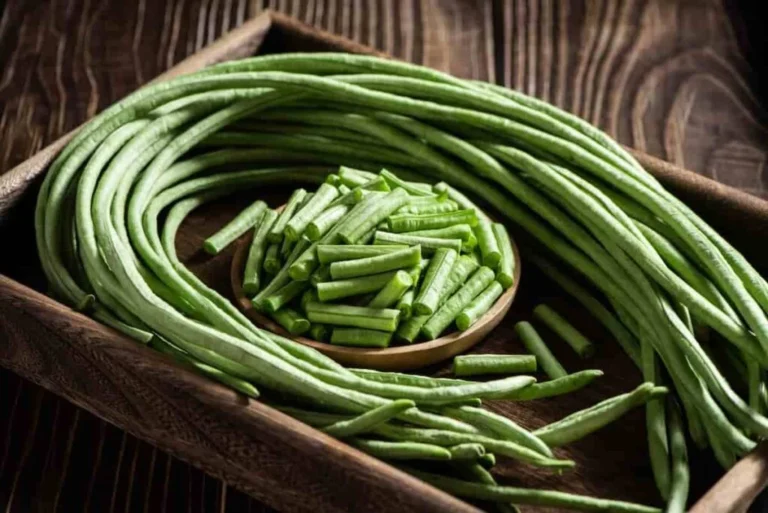Autumn Blooms: 21 Flowers for a Vibrant Fall Garden
Table of Contents
Autumn Blooms Flowers that Thrive in Cooler Temperatures
When the crisp air of Autumn Blooms rolls in, it’s time to turn your attention to flowers that thrive in cooler temperatures. One such bloom is the Chrysanthemum, a versatile and resilient plant that offers a wide range of colors and shapes. Known for its hardiness and ability to withstand chilly weather, Chrysanthemums can add a pop of color to your garden well into the fall season. Another favorite for cooler temperatures is the Pansy. With its velvety petals and vibrant hues, Pansies are perfect for adding a touch of charm to your outdoor space. These cold-tolerant flowers can withstand light frosts, making them a reliable choice for autumn planting.
For those looking to bring elegance to their autumn garden, the Aster is a top pick. With its daisy-like flowers in shades of purple, pink, and white, Asters bring a delicate beauty to cooler climates. These perennials are not only cold-hardy but also attract butterflies, adding a touch of whimsy to your yard. For a classic touch, consider planting some Snapdragon. Known for their tall spires of colorful blooms, Snapdragons are a striking addition to any autumn garden. These cold-tolerant annuals are perfect for creating vertical interest and filling in gaps in your flower beds.

Beautiful Blossoms to Add Color to Your Garden
When it comes to adding bursts of vibrant color to your garden, there is a wide array of beautiful blossoms to choose from. From the delicate petals of the peony to the bold hues of the gerbera daisy, these flowers can instantly elevate the visual appeal of any outdoor space. Planting an assortment of colorful blooms not only enhances the aesthetic of your garden but also attracts beneficial pollinators like bees and butterflies.
Incorporating flowers with different blooming seasons can ensure a continuous display of color throughout the year. For example, the graceful blooms of the iris herald the beginning of spring, while the cheerful sunflowers bring a touch of summer warmth. Transitioning into autumn, the fiery hues of chrysanthemums and the rich tones of marigolds provide a striking contrast to the changing foliage. By selecting a diverse mix of blossoms that thrive in your region’s climate, you can create a dynamic tapestry of colors that evolves with the seasons.

Perennials for a Long-lasting Autumn Display
As the crisp air of autumn sets in, it’s time to add a splash of color to your garden with long-lasting perennials that thrive in cooler temperatures. These resilient plants not only withstand the changing weather but also provide a stunning display of hues to elevate your outdoor space. From the fiery red hues of Sedum ‘Autumn Joy’ to the delicate purple blossoms of Aster novae-angliae, there are plenty of perennial options to suit every garden style and preference.
One of the key benefits of planting perennials for a long-lasting autumn display is their ability to return year after year, saving you time and effort in replanting. With proper care and maintenance, these plants can flourish and bloom for multiple seasons, bringing beauty to your garden with minimal upkeep. Whether you prefer the bold and striking flowers of Helenium autumnale or the graceful elegance of Anemone hupehensis, incorporating these perennials into your garden design will ensure a vibrant and colorful landscape that lasts well into the fall months.
Annuals for Instant Fall Gratification
When the autumn season rolls around, gardeners often seek instant gratification by adding colorful annuals that thrive in the cooler temperatures. These vibrant blooms not only provide a burst of color to the fall landscape but also offer a refreshing change as the summer blooms start to fade away. From cheerful marigolds and pansies to delicate snapdragons and asters, there is a wide array of annuals to choose from that can instantly elevate the visual appeal of your garden.
Annuals are a popular choice for fall planting due to their quick growth and ability to bloom profusely within a short period. Their versatility in terms of color, size, and shape allows for creative combinations that can brighten up any garden space. Whether used in borders, containers, or hanging baskets, these annuals offer an easy way to enhance the beauty of your garden and enjoy the rewards of your gardening efforts during the cooler months of autumn.

Low Maintenance Flowers for Busy Gardeners
Low maintenance flowers are a perfect choice for busy gardeners who want to enjoy the beauty of blooms without the constant upkeep. These flowers require minimal care and attention, making them ideal for those with limited time to devote to their garden. Some popular low maintenance flower options include daisies, marigolds, and zinnias. These hardy plants can thrive in a variety of conditions and are resistant to pests and diseases, making them a hassle-free addition to any garden.
In addition to their easy care requirements, low maintenance flowers can also provide a pop of color and texture to your outdoor space. Whether you’re looking to brighten up a border, add interest to a container garden, or create a focal point in your yard, these blooms can help you achieve your gardening goals with minimal effort. By choosing low maintenance flowers, busy gardeners can enjoy a vibrant and beautiful landscape without feeling overwhelmed by constant upkeep.
Shrubs and Bushes for a Fuller Garden
A well-selected variety of shrubs and bushes can transform your garden into a lush and vibrant oasis. These woody plants not only add structure and depth to your landscaping but also provide habitat for birds and other wildlife. When choosing shrubs and bushes for your garden, consider factors such as mature size, growth habit, flower color, and seasonal interest. Opt for a mix of evergreen and deciduous varieties to ensure year-round appeal while providing shelter and food for beneficial insects.
Popular shrubs like hydrangeas, azaleas, and camellias are prized for their showy blooms and attractive foliage. These flowering shrubs can be focal points in your garden beds or borders, adding a pop of color and texture. For a more sculptural look, consider incorporating evergreen shrubs like boxwoods, yews, or hollies that maintain their foliage throughout the year. By strategically planting a combination of shrubs and bushes, you can create a full and dynamic garden that evolves with the changing seasons, delighting both the eye and the senses.

Climbing Vines to Add Height and Interest
Climbing vines are a versatile and enchanting addition to any garden, offering a unique way to add height and visual interest to your outdoor space. These botanical wonders not only create a striking vertical element but also provide a sense of charm and whimsy as they wind their way up walls, trellises, or arbors. With a wide variety of species to choose from, you can select climbing vines that suit your climate, soil type, and personal aesthetic preferences.
One of the key benefits of incorporating climbing vines in your garden is their ability to maximize space utilization, making them ideal for smaller yards or urban gardening settings. By training these vines to grow vertically, you can effectively create a lush green backdrop or a natural privacy screen without encroaching on valuable ground space. Additionally, climbing vines can serve as a living highlight by framing entrances, accentuating architectural features, or concealing unsightly structures while adding a touch of rustic elegance to your outdoor oasis.
Ground Cover Plants for a Neat and Tidy Look
Ground cover plants are not only aesthetically pleasing but also serve a functional purpose in the garden, providing a neat and tidy look while suppressing weeds and reducing erosion. These plants act as living mulch, helping to retain moisture in the soil and regulate its temperature. One popular option for ground cover is the creeping thyme (Thymus serpyllum), which forms a lush carpet of tiny, aromatic leaves and delicate flowers that attract pollinators. Another excellent choice is the periwinkle (Vinca minor), known for its glossy green foliage and vibrant blue or white flowers, adding a pop of color to any garden bed.
In addition to their visual appeal and practical benefits, ground cover plants offer a low-maintenance solution for gardeners seeking to minimize weed growth and maintain a uniform appearance in their outdoor spaces. Once established, these plants require minimal care, making them ideal for busy individuals or those with limited time for gardening tasks. When selecting ground cover plants for your garden, consider factors such as light requirements, soil conditions, and growth habits to ensure the best results for a neat and tidy look year-round.
Fragrant Flowers to Delight Your Senses
One of the joys of gardening is the ability to engage multiple senses, and nothing quite captures the essence of a garden like fragrant flowers. Imagine strolling through your garden on a crisp autumn morning, being enveloped in the sweet scents of blooming flowers. Fragrance adds another layer of depth and enjoyment to your outdoor space, creating an immersive experience for you and your visitors.
From the delicate aroma of lavender to the heady perfume of jasmine, there is a wide variety of fragrant flowers that can be incorporated into your garden design. Choosing flowers that bloom at different times of the year can ensure a continuous olfactory delight throughout the seasons. Additionally, consider planting fragrant flowers near seating areas or pathways to fully appreciate their scent as you relax or take a leisurely walk through your garden. The simple act of including fragrant flowers can elevate your garden to a sensory oasis that delights both you and your guests.

Native Plants for a Sustainable Garden
Native plants are an essential component of a sustainable garden, as they are well-adapted to the local climate and require minimal water and maintenance once established. By incorporating indigenous species into your garden, you can help support local ecosystems and promote biodiversity. Native plants also attract pollinators such as bees and butterflies, contributing to the overall health of the environment.
In addition to their environmental benefits, native plants offer unique beauty and charm to your garden. With a wide variety of colors, shapes, and sizes to choose from, you can create a visually captivating landscape that reflects the natural beauty of your region. Whether you are looking for vibrant wildflowers, elegant grasses, or sturdy shrubs, native plants provide a low-maintenance and sustainable option for gardeners seeking both aesthetic appeal and ecological value.
Drought-tolerant Flowers for Dry Autumn Weather
Drought-tolerant flowers are a smart choice for gardeners facing dry autumn weather conditions. These hardy plants have adapted to survive with minimal water, making them perfect for maintaining a colorful garden even in arid environments. From the stunning Mexican sunflower (Tithonia rotundifolia) with its vibrant orange blooms to the delicate lavender (Lavandula) that exudes a calming fragrance, there are plenty of options to choose from that will thrive in drier conditions.
In addition to their water-saving qualities, drought-tolerant flowers also bring a burst of color and life to your garden during the autumn months. Consider planting the cheerful Black-eyed Susan (Rudbeckia hirta) or the elegant Russian sage (Perovskia atriplicifolia) to add visual interest and beauty to your outdoor space. With the right selection of drought-tolerant flowers, you can enjoy a vibrant and blooming garden even when rain is scarce.
Shade-loving Plants for Dimly Lit Areas
For areas with limited sunlight, selecting the right shade-loving plants can be the key to a flourishing garden. Plants such as hostas, ferns, and impatiens are excellent choices for dimly lit spaces as they have adapted to thrive in lower light conditions. These plants have evolved to efficiently capture and utilize the available light, allowing them to flourish even in shaded areas where other plants may struggle. By incorporating a variety of shade-loving plants into your garden, you can create a lush and vibrant oasis even in the shadiest of spots.
In addition to traditional shade-loving plants, there are also some lesser-known varieties that can thrive in dimly lit areas. For example, heucheras, also known as coral bells, offer a striking array of foliage colors that can add depth and interest to shady garden beds. Additionally, Japanese forest grass, with its graceful arching foliage, can provide a delicate and elegant touch to shaded areas. By exploring different species and varieties of shade-loving plants, you can create a diverse and visually appealing garden that thrives in even the darkest corners of your outdoor space.
Sun-loving Flowers for Bright and Sunny Spots
When looking to add vibrant colors and beauty to your garden in bright and sunny spots, sun-loving flowers are the perfect choice. These flowers thrive in full sunlight, soaking up the rays to produce stunning blooms that will brighten up any outdoor space. With their ability to withstand the direct heat and intensity of the sun, these plants are excellent additions for those areas in your garden that receive plenty of sunlight throughout the day.
Some popular sun-loving flowers for bright and sunny spots include marigolds, zinnias, sunflowers, and petunias. These varieties not only offer a wide range of colors to choose from but are also relatively easy to care for, making them ideal for both novice and experienced gardeners alike. By selecting the right sun-loving flowers for your garden, you can create a visually appealing and vibrant outdoor space that will be sure to impress all who see it.
Here are some sun-loving flowers that thrive in bright and sunny spots:
| Flower Name | Botanical Name | USDA Zones | Description |
| Pentas | Pentas lanceolata | 8-11 | Attracts pollinators like bees, hummingbirds, and sunbirds due to its nectar. |
| Lantana | Lantana camara | 8-11 | Blooms year-round in bright colors (red, yellow, orange, white, or pink) and thrives in heat. |
| Plumbago | Plumbago auriculata | 8-12 | Beautiful vine-like shrub with sky-blue flowers that appear almost year-long in the right climate. |
| Moonflower | Ipomoea alba | 8-12 | Large, fragrant pure white flowers that resemble morning glory and open in the evening. |
| Hibiscus | Hibiscus | 9-11 | Low maintenance, available in various colors, and suitable for both temperate and warm climates. |
These flowers not only add color to your garden but also thrive in full sun conditions.
Container Plants for Small Gardens or Balconies
When space is limited, container plants offer a fantastic solution for bringing greenery into small gardens or balconies. Opt for compact varieties like dwarf shrubs, herbs, or flowering perennials that thrive in confined spaces. Consider the sun exposure of your area to choose plants that will flourish in those conditions. Grouping containers together can create a lush mini garden and maximize visual impact within a small area.
Remember to select containers that are appropriate for the size of the plant and have proper drainage for healthy root growth. Lightweight options like plastic or resin containers are convenient for balconies, while terracotta pots offer a classic look and help regulate soil moisture. Incorporating a mix of flower colors and foliage textures can add interest to your container garden, creating a vibrant and dynamic display that enhances your outdoor space.

Companion Planting Ideas for a Thriving Garden.
Companion planting is a strategic method that involves planting different species of plants close to each other to benefit one another in various ways. One popular example is the Three Sisters method used by Native American tribes, which combines corn, beans, and squash in the same plot. Corn provides a stable structure for beans to climb, beans fix nitrogen in the soil for corn, and squash acts as a natural mulch, suppressing weeds and retaining soil moisture. This symbiotic relationship enhances nutrient uptake, deters pests, and maximizes space utilization, resulting in a thriving and harmonious garden ecosystem.
Another beneficial companion planting combination is planting marigolds alongside tomatoes. Marigolds emit a strong scent that repels nematodes, a type of soil-borne pest that can damage tomato plants. Additionally, marigolds attract beneficial insects like ladybugs and hoverflies that prey on harmful pests like aphids and caterpillars. This natural pest control method not only helps protect the tomatoes but also contributes to a balanced and healthy garden environment. By strategically selecting plant pairings that complement each other’s growth requirements and pest management properties, gardeners can create a biodiverse and sustainable garden that flourishes with vitality.
To Know More About Autumn Blooms: Flowers For A Vibrant Fall Garden, Watch This Video!
Can I plant sun-loving flowers in shaded areas?
No, sun-loving flowers require bright and sunny spots to thrive. For shaded areas, it is best to choose shade-loving plants that are better suited for dimly lit environments.
Are all native plants drought-tolerant?
While many native plants are adapted to the local climate and soil conditions, not all native plants are necessarily drought-tolerant. It is important to research and select native plants that are specifically known for their ability to withstand dry conditions.
Can I mix low maintenance flowers with high maintenance ones?
It is possible to mix low maintenance flowers with high maintenance ones, but it is important to consider the care requirements of each plant. Make sure to place high maintenance plants where they can receive the attention they need, while low maintenance plants can be placed in more easily accessible areas.
Do climbing vines need additional support?
Yes, climbing vines typically require some form of support such as trellises, fences, or walls to climb and grow properly. Make sure to provide the necessary support for climbing vines to reach their full potential in your garden.







